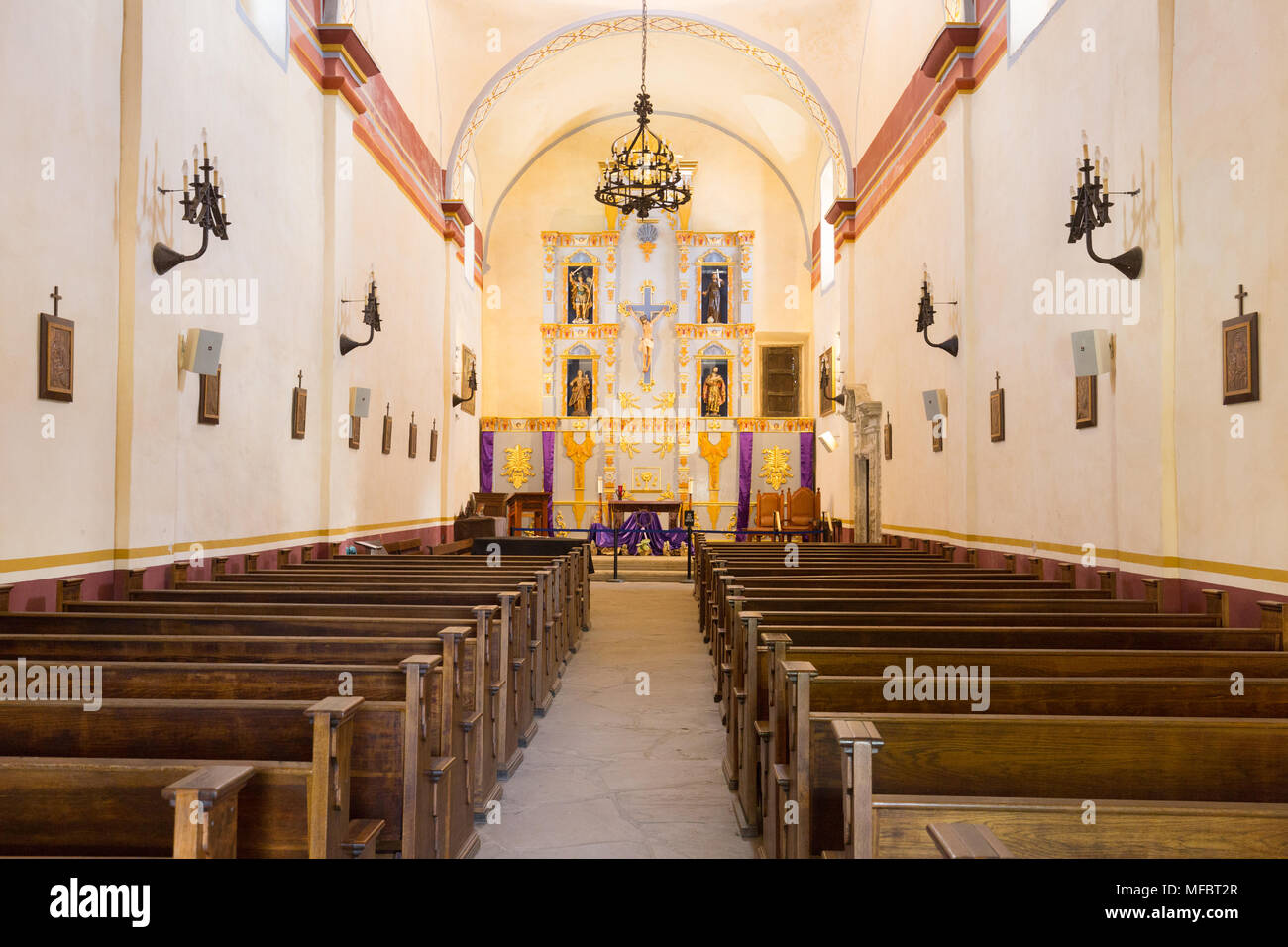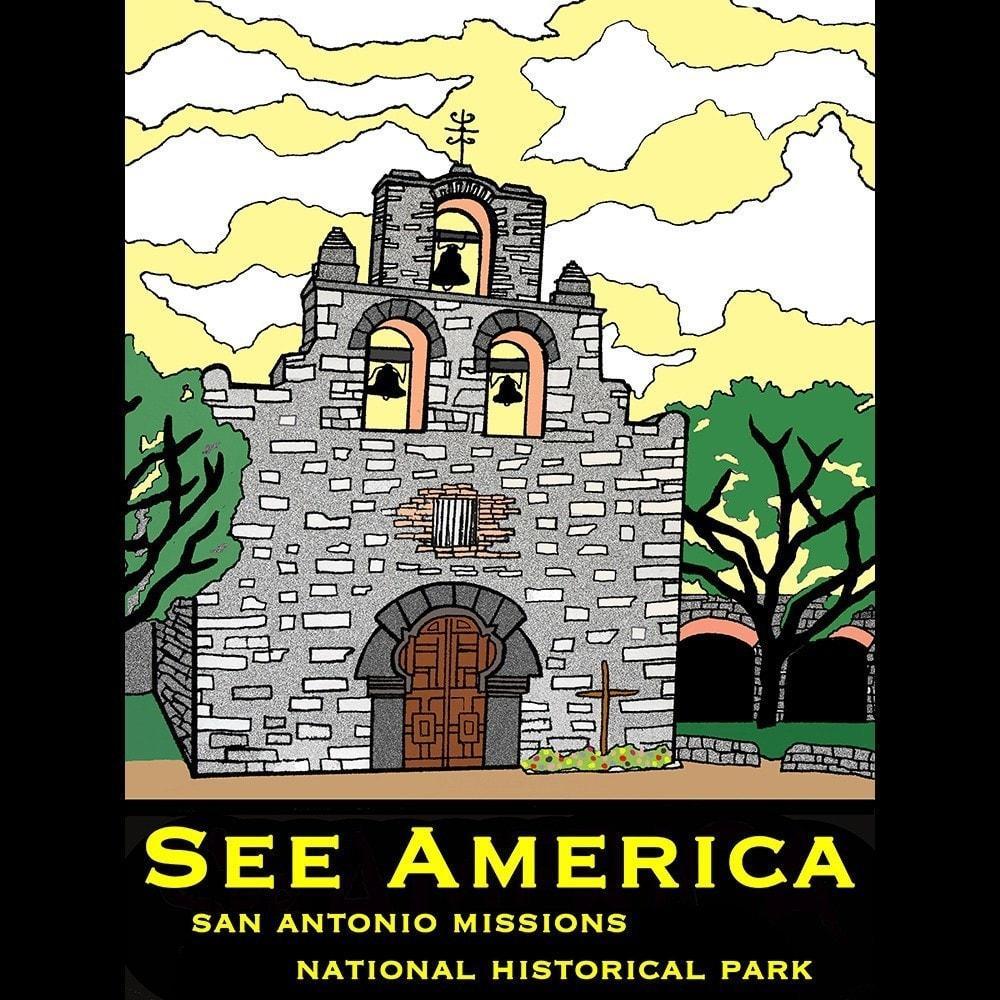Enjoyable San Antonio Missions National Historical Park Activities: Engage with History
Enjoyable San Antonio Missions National Historical Park Activities: Engage with History
Blog Article
Discover the Rich History of San Antonio Missions National Historic Park: a Comprehensive Guide to Its Cultural Importance and Conservation Efforts
As we embark on a trip with the historic background of these missions, we discover building marvels that have endured the test of time. Past the plain physical frameworks, each mission, notably Objective Espada, lugs a profound cultural weight that reverberates deeply with those who explore its premises.
Historical Background of San Antonio Missions
The origins of the historical history of the San Antonio Missions run deep, intertwining Spanish early american influence with native societies in the South Texas area. Established in the very early 18th century, these missions were founded by Franciscan friars with the purpose of spreading Christianity and transforming the local native populations. San Antonio Missions National Historical Park history. The Spanish Crown sustained these objectives as a way of strengthening control over the area and expanding their impact in the New Globe
The Spanish promoters played a considerable role in shaping the cultural landscape of the area, introducing new farming techniques, style, and religious methods. The native areas, such as the Coahuiltecans and various other tribes, interacted with the Spanish settlers, resulting in a blending of ideas and customs.
With time, the missions became not only religious centers however social and likewise financial centers, drawing in settlers from numerous histories. Today, the San Antonio Objectives stand as a testament to this intricate history, reflecting the sustaining heritage of Spanish manifest destiny and the resilience of aboriginal societies in South Texas.
Building Wonders of the Missions
Having actually laid the foundation of social exchange between Spanish promoters and indigenous neighborhoods, the building marvels of the San Antonio Missions exhibit a blend of Aboriginal and european craftsmanship that proceeds to mesmerize site visitors. These missions, consisting of Goal San Jose, Objective Concepcion, Mission San Juan, Goal Espada, and the Alamo, showcase distinct functions such as ornate exteriors, elaborate carvings, vivid frescoes, and sturdy rock walls. The Spanish Colonial design, identified by curved entrances, belfry, and roomy courtyards, reflects an unified combination of Spanish design components with native building strategies.
Each mission within the San Antonio Missions National Historical Park informs a distinct tale with its architecture, showing the development of construction designs and social impacts over time. Visitors can admire the competent workmanship noticeable in the detailed stonework, hand-carved wooden doors, and religious iconography adorning the interiors. These building masterpieces stand as enduring testimonies to the long-lasting heritage of the objectives and the cultural heritage they stand for.
Social Significance of Objective Espada
With its historical roots deeply intertwined with the indigenous cultures of the area, Objective Espada stands as a sign of social durability and adjustment within the San Antonio Missions National Historic Park. Founded in 1690, Mission Espada was established by Spanish Franciscans as a way to spread Christianity amongst the Coahuiltecan people while also working as a center for agriculture and sector. The goal's social significance exists in its duty as a meeting point between European and Indigenous American practices, causing a special mix of architectural designs, religious techniques, and farming strategies.
Mission Espada's famous aqueduct, referred to as "Acequia de Espada," is a testimony to the design abilities of both Aboriginal and spanish peoples, showcasing their cooperation in creating crucial rivers for irrigation functions. This unified blend of cultural impacts is further exemplified in the objective's complex makings, vivid frescoes, and religious events that remain to be practiced to now. As one of the earliest unrestored stone churches in America, Goal Espada stands as a living testament to the long-lasting legacy of social exchange and adjustment that specifies the San Antonio Missions National Historic Park.
Conservation Efforts and Obstacles
Conservation in keeping the historic integrity of Goal Espada encounters a myriad of intricate obstacles that demand cutting-edge options and devoted stewardship. As one of the 5 missions within the San Antonio Missions National Historic Park, Objective Espada encounters conservation problems originating from environmental variables, urban infringement, and the continuous fight against all-natural deterioration. The delicate equilibrium between conserving the original structures and making certain visitor accessibility and safety needs meticulous planning and execution.
Initiatives to protect Objective Espada involve a multi-faceted approach that includes routine maintenance, structural analyses, and preservation projects. Collaborations in between park authorities, historians, excavators, and regional communities are crucial in establishing lasting preservation approaches. Challenges such as moneying restrictions, minimal resources, and the need for specific proficiency additionally make complex preservation efforts.
In spite of these challenges, the commitment to securing Goal Espada's historic relevance remains steadfast. Through proceeded research, area interaction, and flexible preservation practices, the conservation of Mission Espada stands as a testimony to the dedication in the direction of shielding our cultural heritage for future generations.
Area Engagement in Park Conservation

Among the key means the park involves the community is with volunteer opportunities. Neighborhood homeowners can join conservation tasks, educational programs, and unique occasions, allowing them to contribute straight to the preservation of the park. This hands-on participation not only profits the park in regards to additional sources and manpower yet likewise San Antonio Missions National Historical Park produces a stronger connection in between the park and the community itself.
In addition, the park regularly looks for input from regional stakeholders, consisting of community groups, businesses, and government companies, to make certain that preservation efforts straighten with the needs and worths of the surrounding community. By involving with the regional populace in these purposeful methods, San Antonio Missions National Historical Park cultivates a culture of preservation and sustainability that will aid maintain this cultural treasure for future generations.
Verdict

Beyond the simple physical structures, each objective, especially Objective Espada, brings a profound social weight that resonates deeply with those that explore its premises. These missions, consisting of Objective San Jose, Goal Concepcion, Mission San Juan, Goal Espada, and the Alamo, showcase distinct attributes such as ornate exteriors, detailed makings, vibrant frescoes, and durable stone wall surfaces.With its historical origins deeply intertwined with the native cultures of the region, Goal Espada stands as a sign of social durability and adaptation within the San Antonio Missions National Historic Park (San Antonio Missions National Historical Park map). As one of the oldest unrestored stone churches in America, Objective Espada stands as a living testimony to the enduring legacy of cultural exchange and adaptation that defines the San Antonio Missions National Historic Park

Please visit one of our local supporters- Brownstone Law San Antonio Appeals Attorneys
Report this page